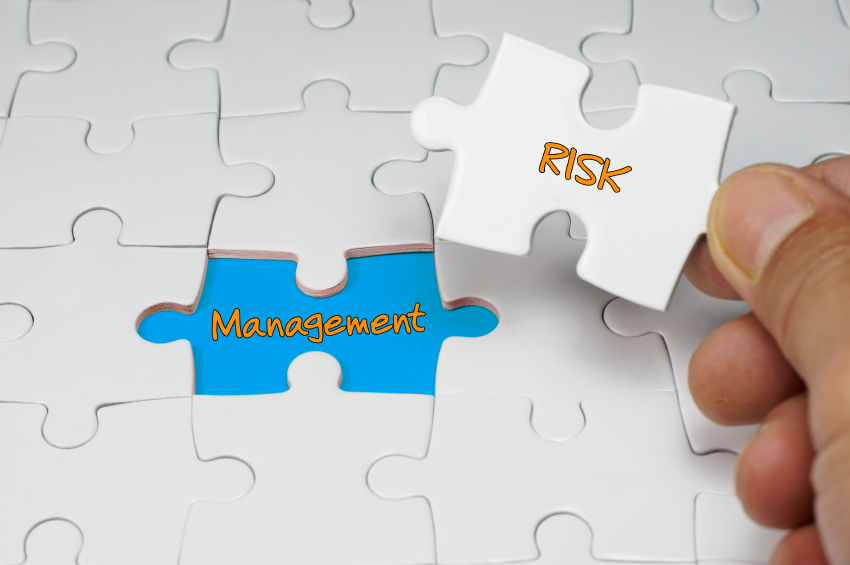
|
Beginning in September 2016, OSHA will be enforcing a change in its interpretation that narrows which retail establishments are exempt from PSM requirements.
According to the EPA, most of the facilities affected are already subject to the EPA RMP regulation at 40 CFR Part 68, but because of their exemption from PSM requirements, were generally subject to RMP Program 2 requirements. As a result of OSHA’s action, formerly Program 2 facilities that are no longer exempt from the PSM standard will become subject to the more stringent Program 3 requirements.
When will you need to ramp up to Program Level 3?
Forget expensive calls to lawyers and consultants. With Enviro.BLR.com, you get instant access, 24/7. Try it out today and get the 2015 EHS Salary Guide, absolutely free. Download Now.
According to the EPA, if you are a facility affected by OSHA’s new narrower interpretation of the PSM retail exemption, you have 6 months after OSHA starts enforcing the PSM requirements to update your RMP to reflect compliance with Program Level 3 requirements. The current PSM compliance date is September 30, 2016. So, your RMP updates must be submitted to the EPA by March 30, 2017.
3 tips for getting started
The good news (yes, there is some good news!) is that you won’t have too much more to do to comply with the Program 3 prevention program because you will already have the OSHA PSM program in place.
Note: Keep in mind that the EPA and OSHA have different missions. OSHA must consider on-site consequences related to workplace safety. The EPA must consider off-site consequences related to public health and the environment.
The EPA offers three tips to consider when building your compliance with RMP Program Level 3:
Enviro.BLR.com puts everything you need at your fingertips, including practical RCRA, CAA, CWA, hazardous waste regulatory analysis and activity, news, and compliance tools. Try it at no cost or risk and get a FREE report.
- If you are already complying with the PSM standard, your process hazard analysis (PHA) team will have to consider whether new hazards could affect the public or the environment off-site. For example, protection measures that are suitable for workers (e.g., venting releases to the outdoors) may be the very kind of thing that imperils the public.
- Integrate the elements of your prevention program. You must ensure that a change in any single element of your program leads to a review of other elements to identify any effect caused by the change.
- Build a culture that emphasizes prevention. The EPA strongly suggests that you make accident prevention an institution at your facility. Ensure that your prevention program is more than a collection of written documents. It can help you make safe operations and accident prevention the way you do business every day.
Do you need more detailed information about OSHA’s PSM and EPA’s RMP? There are hundreds of documents that can help you at BLR’s Safety.BLR.com® and Enviro.BLR.com®.
